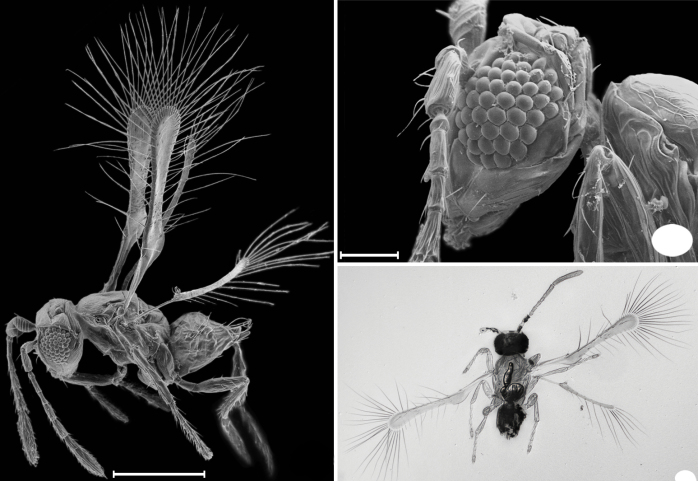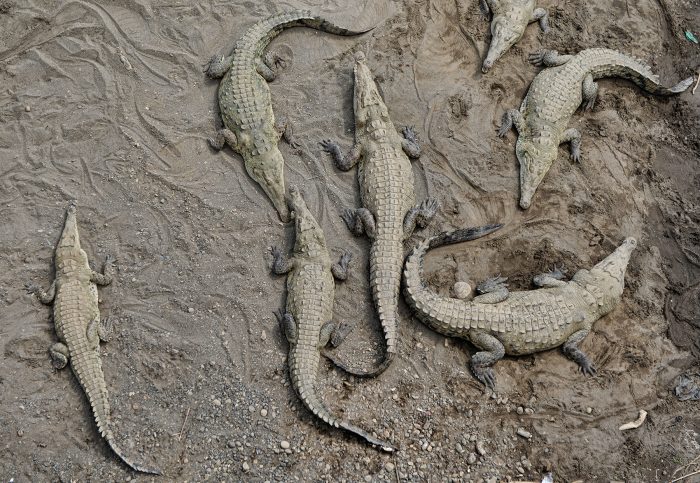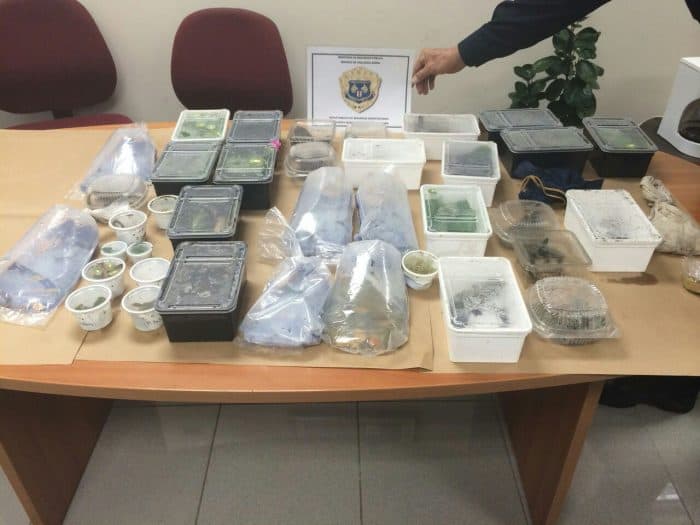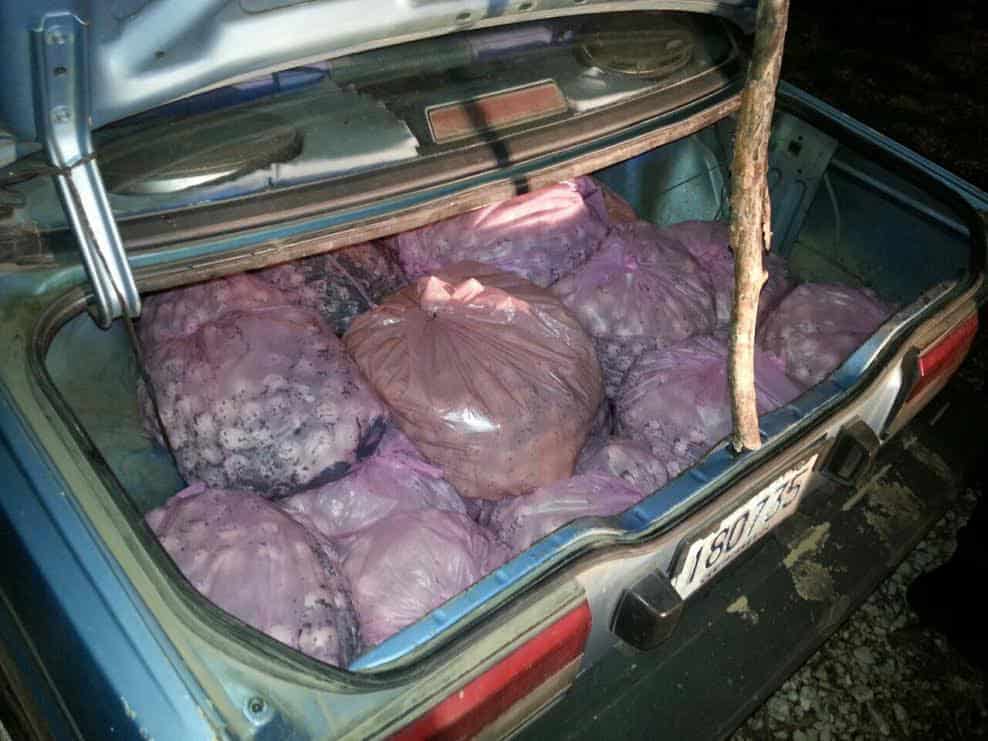We decided to use this month’s Into the Wild to take a look back at the three most insane wildlife stories this past year.
1. The discovery of the tinker bell wasp and other parasitic wasps
Named for the sassy fairy in the tale of Peter Pan, the tinker bell wasp (Tinkerbella nana) was discovered at La Selva Biological station in Sarapique. At 0.25 millimeters in length, the wasp is now recognized as the third-smallest winged insect ever discovered. Due to its size, scientists believe that the wasp must swim through the air like a fish, rather than fly like a bird.

Unsurprisingly, the microscopic wasp has never been seen out in the wild. John Noyes, the wasp’s discoverer, uncovered the wasp by digging through debris from the forest floor in La Selva. Using a microscope, Noyes looked through nets full of alcohol-soaked debris in three-millimeter teaspoons, pulling out insects as he went. The amazing discovery was named one of the Top 10 New Species of 2014 by the International Institute for Species Exploration.
The tinker bell wasp joins nearly 200 other species discovered elsewhere in Costa Rica last year. Biologists in the Guanacaste Conservation Area, in the country’s northwest, began bar-coding DNA to distinguish between nearly identical species of wasps in the region. There are now 20,000 other species of wasps waiting for the same bar-coding process.

2. Costa Rica’s new crocodile war
American crocodiles are nothing new to Costa Rica; the country’s rivers are swarming with the giant reptiles. However, until recently, people and crocodiles seemed fairly skilled at avoiding each other. The year 2014 was the year of unusual human-croc conflict, and left crocodile experts scrambling for a solution to a perceived crocodile overpopulation.
In April, a 32-year-old Nicaraguan man was devoured by crocodiles in the Tarcoles River after he attempted a swim near the famous Tarcoles Bridge. The brutal killing was followed by a series of beachside crocodile sightings and another crocodile attack, all working to sway public opinion against crocs. Concerned for the safety of visitors, the Costa Rican Tourism Institute and the Chamber of Hotel Owners petitione the Environment Ministry (MINAE) for a crocodile intervention.
The complaints have put the tourism sector at odds with MINAE and crocodile experts, which believe it is the tourism sector, not the crocodiles, that have become a problem. Instead of relocating or killing crocodiles as most tourism businesses want, MINAE has responded to the perceived threat by cracking down on tourism businesses that feed crocodiles.
With crocodile breeding season now over, we will have to wait for 2015 to see where this story goes.

3. Record-breaking animal contraband seizures
In a country as biodiverse as Costa Rica, it is little wonder that poaching and other environmental crimes are common, but 2014 saw more record-breaking, and often bizarre, seizures than ever before.
In what is assumed to be the largest wildlife seizure in at least 20 years, authorities at the Juan Santamaría international airport nabbed a German tourist attempting to smuggle more than 400 reptiles in his luggage. The animals were kept in plastic food containers and given plants to munch on for the ride. Despite getting caught red-handed, the 32-year-old man was let off with a slap on the wrist from a flagrancy court and shipped back to Germany.
In the same month, police uncovered what is believed to be the largest turtle egg stash ever seized after discovering 9,400 Olive Ridley turtle eggs in the trunk of a car on the country’s northwestern Nicoya Peninsula.
Recommended: Costa Rica’s most dangerous creatures
Read more Into the Wild columns here.
“Into the Wild” was a monthly wildlife column from photojournalist Lindsay Fendt.






